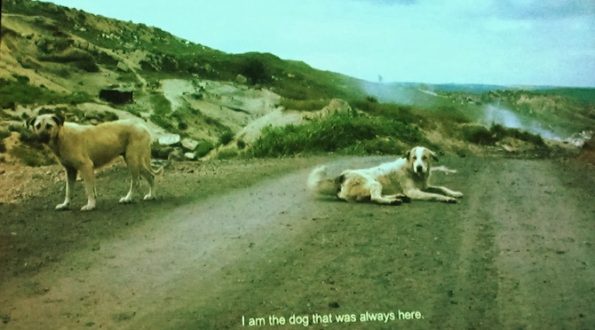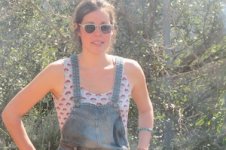Search
To search for an exact match, type the word or phrase you want in quotation marks.
A*DESK has been offering since 2002 contents about criticism and contemporary art. A*DESK has become consolidated thanks to all those who have believed in the project, all those who have followed us, debating, participating and collaborating. Many people have collaborated with A*DESK, and continue to do so. Their efforts, knowledge and belief in the project are what make it grow internationally. At A*DESK we have also generated work for over one hundred professionals in culture, from small collaborations with reviews and classes, to more prolonged and intense collaborations.
At A*DESK we believe in the need for free and universal access to culture and knowledge. We want to carry on being independent, remaining open to more ideas and opinions. If you believe in A*DESK, we need your backing to be able to continue. You can now participate in the project by supporting it. You can choose how much you want to contribute to the project.
You can decide how much you want to bring to the project.

At the beginning of the 20th century, Istanbul had about half a million inhabitants, today there are more than 13 million. Large movements of the population go hand in hand with urban planning policies with a very specific objective: to situate Istanbul on the map of world megalopolis. As J. F. Pérouse says, the aim of current urban policies is to rewrite history, to add, to the already complex city, a new layer of meaning. The city has many centres: where people meet, where they shop, where there are restaurants, mosques, and squares. There are also many peripheries. Theses centres and peripheries overlap in time and space. The area formerly beyond the city walls has become a business centre. One could say that the same happens in the ‘art world’, avant-garde and tradition step on each other’s heels and interchange roles. What was once new is now old, what was old, is now trendy.
5533 is a non-profit space run by artists, situated on the southern extreme of the bridge of Atatürk. It occupies space number 5533 in a large building that amasses hundreds of rug and textile traders. It is the fifth space of the Biennial and one could say –if one liked the word-, on the periphery of the biennial. It houses the proposal of the Lebanese artist and architect Maxime Hourani, which talks of limits, centres and those “in-between”.
“Book of Songs and Places” is a song of protest, or at least of denunciation. Hourani proposes, in three workshops, different techniques with which to analyse the territory. He chooses three adjacent, rural/urban, centre/periphery territories and goes there with the workshop participants: the Formula 1 circuit (a failed attempt to construct a centre), the canal under construction parallel to the Bosphorus, and the intersection between an old military defence line and the motorway. These are just a few of the infrastructures that, as Pérouse once again explains, are destined to construct (or reinforce) Istanbul’s world centrality. Other projects are: a railway tunnel under the Bosphorous (for 2013) and a road tunnel (for 2015); a third bridge the foundations of which were recently inaugurated and the third international airport (promised for 2019)
The Biennial number 13 wanted to talk about the conflicts of public and urban space. The project by Hourani is the only one that travels to these places inviting us to participate, and yet the organisation of the biennial still relegated the project to a distant space, barely giving it any support. But Hourani is not the only one concerned with this question. The dogs, in Annika Eriksson’s video I am the dog that was always there (loop), that were one day expelled from the centre of the city, are also a feature and symptom of this speculation. Serkan Taycan with Between Two Seas walked for four days, following a route from the Black Sea to the Marmara Sea, drawing yet another line on this map. The random photographs made at each kilometre illustrating the state of the question. Sulukule Platformu is an association that has organised activities in defence of the rights of the oldest Rom population in Europe, since in 2007 their neighbourhood began to be destroyed to build luxury houses in their stead. Halil Altindere has produced a video clip with a rap band from the same neighbourhood that denounces the aggression of the governmental construction company TOKI. The music from the videoclip booms out at full blast in the headquarters of Antrepo; while we look at the works, the singers harangue and insult the police in a language that we don’t understand.

Caterina Almirall has only just been born into this world, but has lived in others, in similar parallel worlds, both liquid and solid. From each she has learnt something, and forgotten something else. Learning to unlearn. In all of these worlds she has been caught up in a web that interweaves everything, some call it ’art’…Entwining, unravelling, weaving and destroying this labyrinth has been her occupation in each one of these planets, and she fears that it will be the same in each of the ones to come.
"A desk is a dangerous place from which to watch the world" (John Le Carré)